Shifting patterns of halibut distribution and abundance are linked to thermal conditions, and continued warming will likely lead to increased abundance in the Canadian range
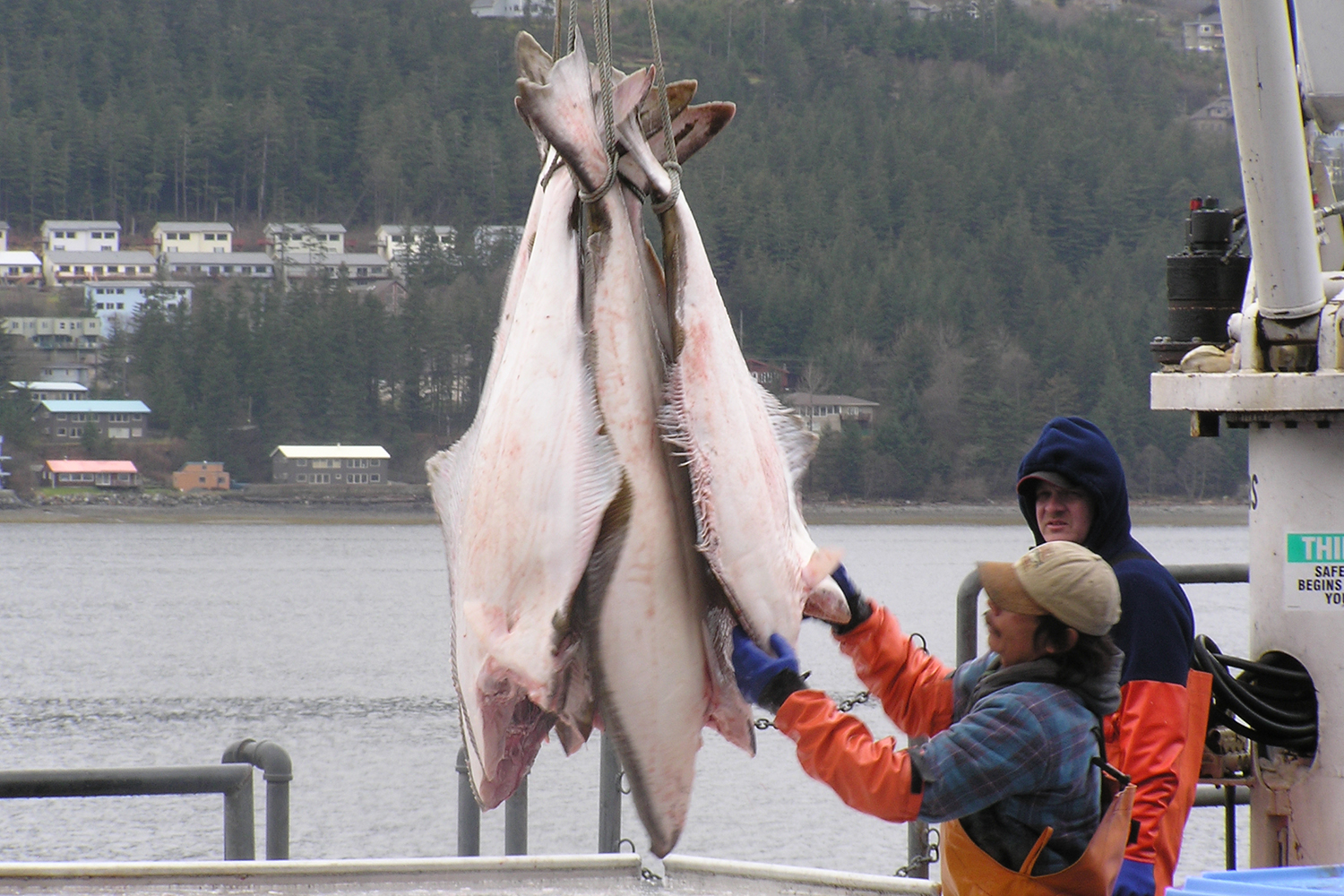
Global ocean temperatures have been rising for decades, including in the Northwest Atlantic, where temperature increases have been observed throughout the water column. Particularly, warming temperatures can lead to geographical shifts in suitable habitat and corresponding shifts in marine taxa distributions. Changes in climate can induce habitat loss, decrease fecundity, and increase mortality, resulting in an overall decline in population abundance; generally, these changes have been associated with overfishing.
In the Northwest Atlantic, Atlantic halibut (Hippoglossus hippoglossus) has experienced an increase in biomass and regional landings since the early 2000s in Canadian waters. The species is the largest groundfish in the Atlantic Ocean, can grow to more than 2.5 m long with weights exceeding 300 kg, and can reach ages up to 50 years. Atlantic halibut occupies a broad geographic range in the Northwest Atlantic, from the coast of Virginia in the south to the waters off Disko Bay, Greenland, in the north.
Stocks of Atlantic halibut and many other groundfish species experienced a period of decline in the early 1990s, leading to stock collapses and fishing moratoria in some areas. At present, most groundfish species have yet to fully recover; however, Atlantic halibut, compared to other commercial species, is an exception and has recovered to levels greater than those prior to its most recent collapse. This increased abundance is reflected in increased landings in recent years, and currently, Atlantic halibut is one of the most commercially valuable groundfish species in the Northwest Atlantic.
The current economic importance of Atlantic halibut has led to increased research efforts, especially with respect to halibut spatial ecology. The characterization of the historical spatial-temporal relationship between temperature, habitat conditions, and abundance can provide a foundation to predict how Atlantic halibut stocks will respond to continued warming, providing critical information to fisheries’ managers to anticipate how the managed stocks of Atlantic halibut could respond to continued warming in the Northwest Atlantic.
This article – summarized from the original publication (Czich, A.N. et al. 2023. Recent and projected climate change–induced expansion of Atlantic halibut in the Northwest Atlantic. FACETS Volume 8, Issue 1, 21 August 2023, Pages 1-14) – discusses the results of a study that explored the influence of climate change on the distribution of Atlantic halibut in the Northwest Atlantic.
Study setup
The domain for this study encompasses most of the area occupied by Atlantic halibut in the Northwest Atlantic. This area ranges, from north to south, from Labrador to Maryland, and from the inner Gulf of St. Lawrence to the edge of the Flemish cap. It encompasses three spatial management units in Canadian (Gulf of St. Lawrence and the Scotian Shelf-Southern Grand Banks) and U.S. waters (Gulf of Maine–Georges Bank) and the corresponding NAFO (Northwest Atlantic Fisheries Organization (NAFO; https://www.nafo.int/About-us/Maps) Divisions (Fig. 1).
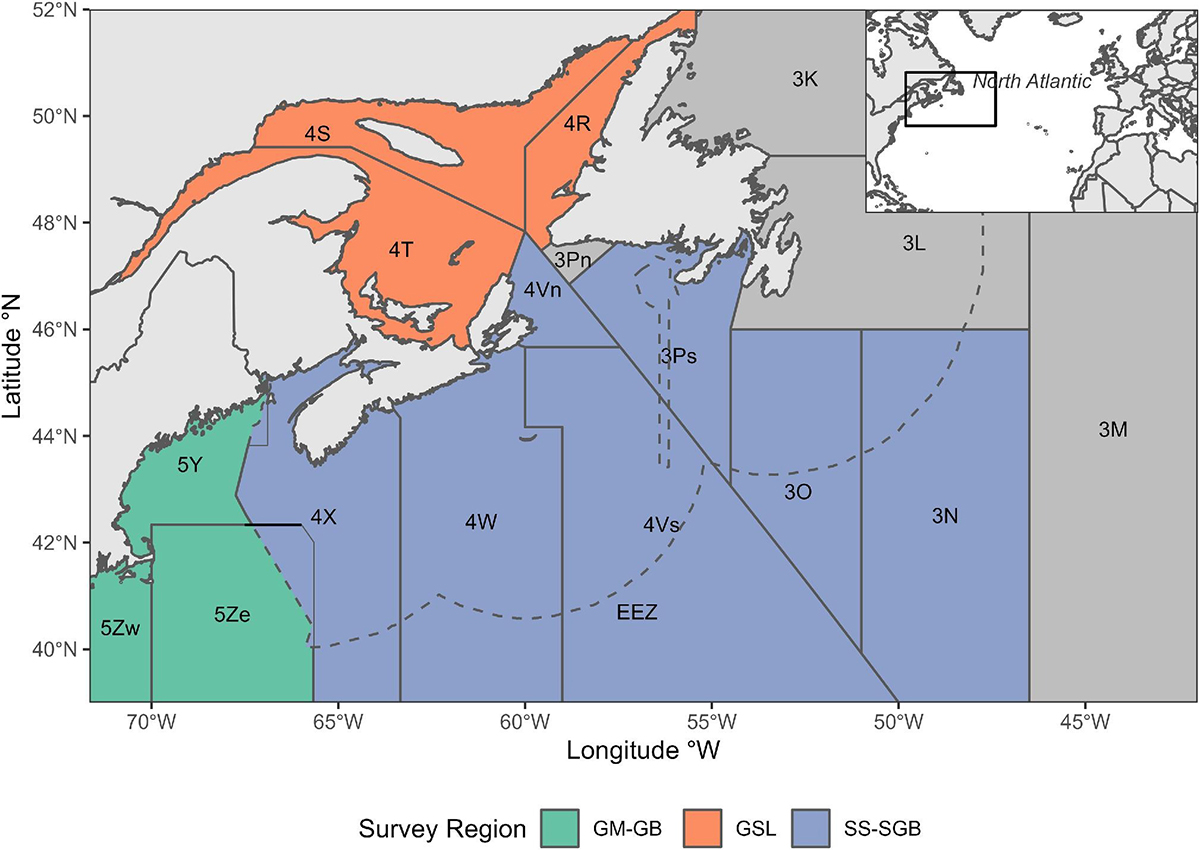
For detailed information on the study design, data collection and analyses, refer to the original publication.
Results and discussion
Atlantic halibut has become one of the most commercially valuable groundfish species in the Atlantic region. As a result, with the increasing bottom temperatures in the northwest Atlantic, it is paramount to monitor and predict how changes in temperature will lead to changes in the distribution and recruitment of this important commercial species.
The amount of available thermal habitat and the number of GDD have increased since 1990 throughout much of the northwest Atlantic range of Atlantic halibut. There was minimal or no change in available thermal habitat in southern regions. The consistent pattern in available thermal habitat is likely due to the contemporary temperatures of these regions falling within the projected thermal window from 2.46 to 9.25 degrees-C, yet warming has not pushed temperatures above the projected upper limit.
Our analysis approach builds on previous models of thermal habitat change by incorporating GDD and an improved approach to defining thermal habitat. Our results emphasize the relationship between warming bottom temperatures and recent expansions of Atlantic halibut.
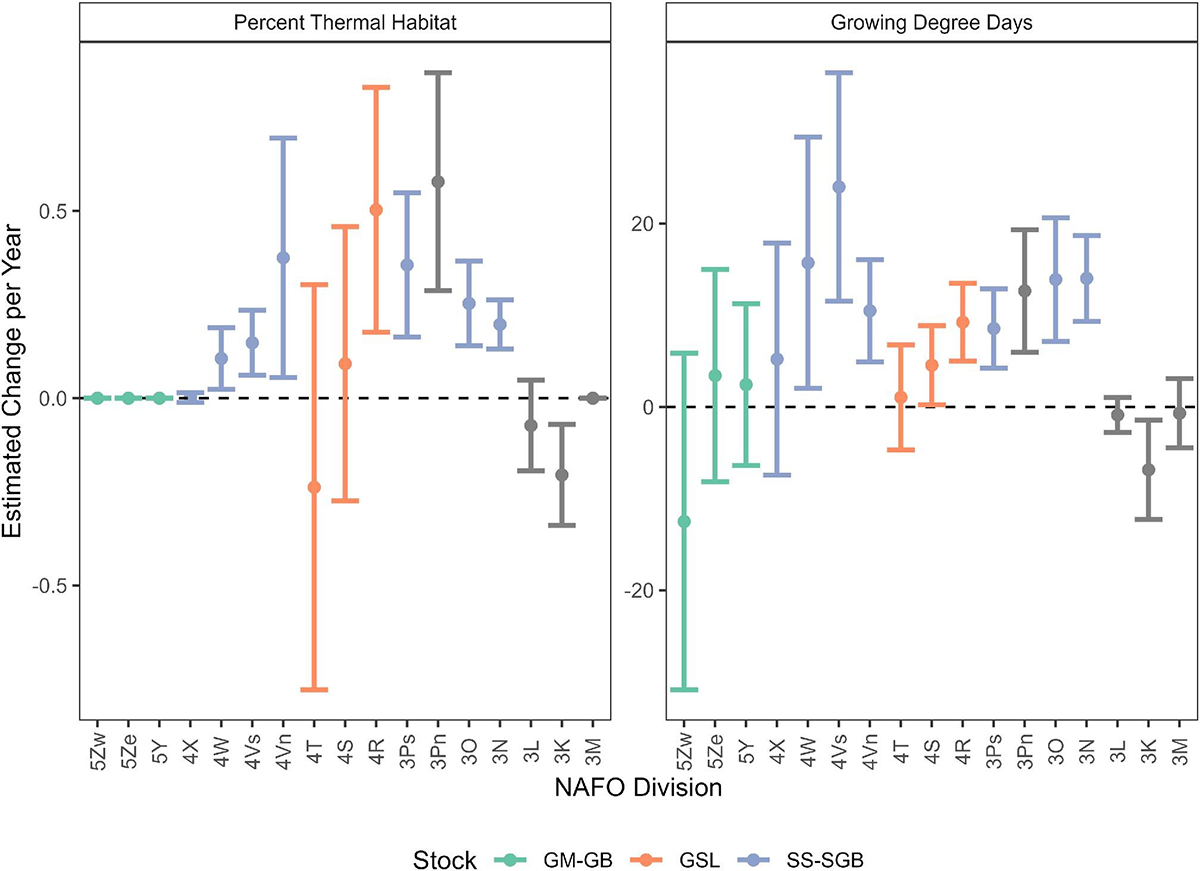
A negative rate of change of thermal habitat was observed in the most northeasterly areas of the model domain, roughly encompassing the Newfoundland shelves, reflecting the influence of the cold Labrador current on the region’s thermal dynamics in an already relatively cold region compared to the rest of the domain. Relatively few Atlantic halibut were found in this area. The overall observed increase in the amount of available thermal habitat corresponds to increasing bottom temperature patterns in the northwest Atlantic.
The general increase in biomass and abundance could be associated with the overall increase in both available thermal habitat and GDD from 2004 to 2018. The increased availability of thermal habitat may have allowed a greater dispersion of Atlantic halibut, which in turn could have reduced local intraspecific competition at a time of reduced interspecific competition due to a reduced biomass of many other groundfish species. Greater abundances and dispersion may also be partially caused by changes in fishing mortality due to the establishment of a minimum legal size throughout much of the range. The increase in GDD likely also led to a longer growing season and correspondingly increased survival during the early life stages.
Nutrition impacts pigmentation, eye migration In Atlantic halibut
Overall, recent temperature increases have promoted longer growing seasons and the expansion of suitable habitat, which likely have contributed to increasing trends in Atlantic halibut abundances similar to those observed for other species in recent years. Increased landings may, in part, be due to this increased availability of suitable habitat. The expansion of available juvenile habitat is directly linked to increased temperature, leading to quicker adult recruitment and correspondingly increased adult biomass that ultimately results in increased fishery landings (sensu the nursery-size hypothesis).
Potentially increased abundances promote the expansion of Atlantic halibut into suitable habitats in the northwest Atlantic. Similar increases in biomass have been observed in several marine groundfish due to an increased growing season and increased reproductive rates in the Gulf of Maine. However, once temperatures exceed physiological limits, declining fitness is expected.
The probability of Atlantic halibut occurrence is predicted to increase in the northern regions and remain relatively unchanged in the southern regions in all future climate scenarios. In particular, the highest increase in the probability of occurrence was predicted in the Gulf of St. Lawrence, consistent with the concept that less currently occupied northern areas are warming and consequently increasing suitable habitat with ongoing climate change.
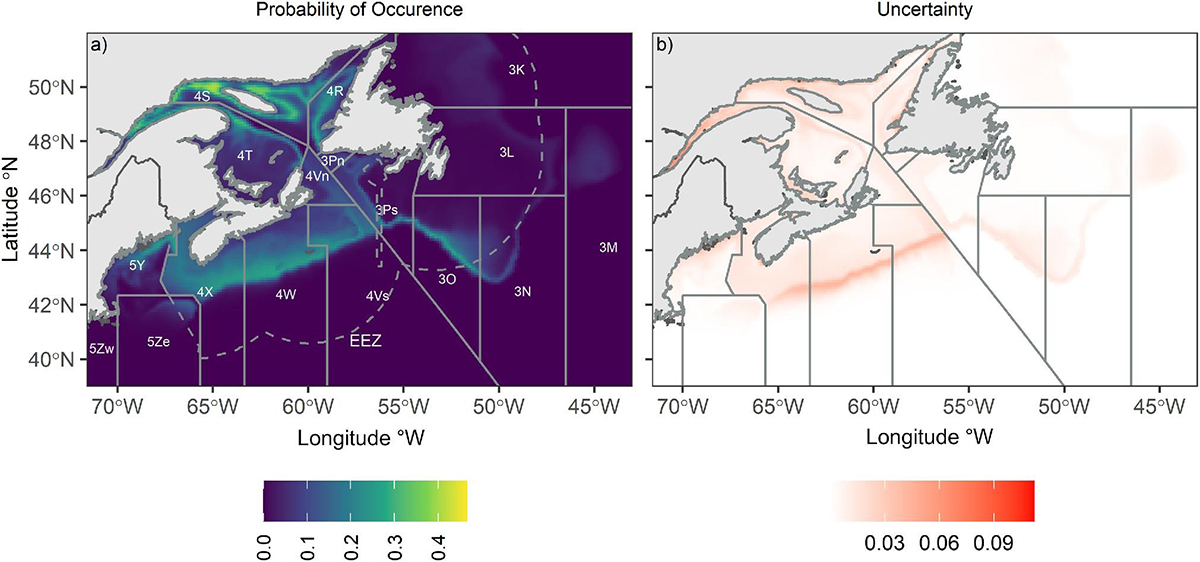
The southern areas of the Gulf of Maine are predicted to remain relatively unchanged or decrease slightly in probability of occurrence in future climate scenarios. Future decreases are most probable in southern regions and are to be expected if bottom temperatures rise above the preferred thermal niche for Atlantic halibut, as decreases have been predicted for other fish and invertebrate species.
This analysis focuses on juvenile Atlantic halibut due to ontogenetic coverage by synoptic surveys, but changes in thermal regime likely also affect other life history stages. For example, decreases in the probability of occurrence could be caused by water column temperatures exceeding thresholds that result in increased deformities (6 degrees-C) and mortality (12 degrees-C) in Atlantic halibut larvae, thus reducing survival and consequently juvenile recruitment.
Predicted changes in the probability of occurrence indicate abundance and biomass increases in future climate scenarios, even under an emission reduction scenario. Therefore, a greater increase in Atlantic halibut occurrence, and, consequently, abundance in a shorter period in a high-emissions scenario, is anticipated. Following the model predictions, an increase in Atlantic halibut abundance in Canadian waters (with the exception of one area in the near future) and an unchanged abundance in U.S. waters from 2021 to 2085, regardless of emission mitigation efforts, are expected.
The resultant spatial patterns accord well with other models of Atlantic halibut occurrence. However, these predictions are habitat-specific and do not consider broader ecological responses to climate change. Prey availability and predator abundance play important roles in survival and recruitment; thus, the spatial distribution of Atlantic halibut based on a broader ecological scope is warranted.
Perspectives
Increasing bottom temperatures have correspondingly increased the amount of suitable thermal habitat and growing degree days (GDD) for Atlantic halibut between its near collapse and its current population state. This increase coincides with a period of increased recruitment and abundance, suggesting that increases in Atlantic halibut landings since the 2000s are very likely linked to environmental change in the study domain.
Our model of the relationship between bottom temperature and the occurrence of Atlantic halibut provides important insight into the potential influence of climate change on halibut stocks and demonstrates that even under an emission reduction scenario, the trend of increasing habitat, abundance, and changing distribution for Atlantic halibut will likely continue. Our results contribute to growing calls for climate change to be incorporated into adaptive management decisions for fisheries in the Northwest Atlantic.
Now that you've reached the end of the article ...
… please consider supporting GSA’s mission to advance responsible seafood practices through education, advocacy and third-party assurances. The Advocate aims to document the evolution of responsible seafood practices and share the expansive knowledge of our vast network of contributors.
By becoming a Global Seafood Alliance member, you’re ensuring that all of the pre-competitive work we do through member benefits, resources and events can continue. Individual membership costs just $50 a year.
Not a GSA member? Join us.
Author
-
Andrew N. Czich
Corresponding author
Department of Biology, Acadia University, 15 University Ave, Wolfville, NS B4P 2R6, Canada
Tagged With
Related Posts
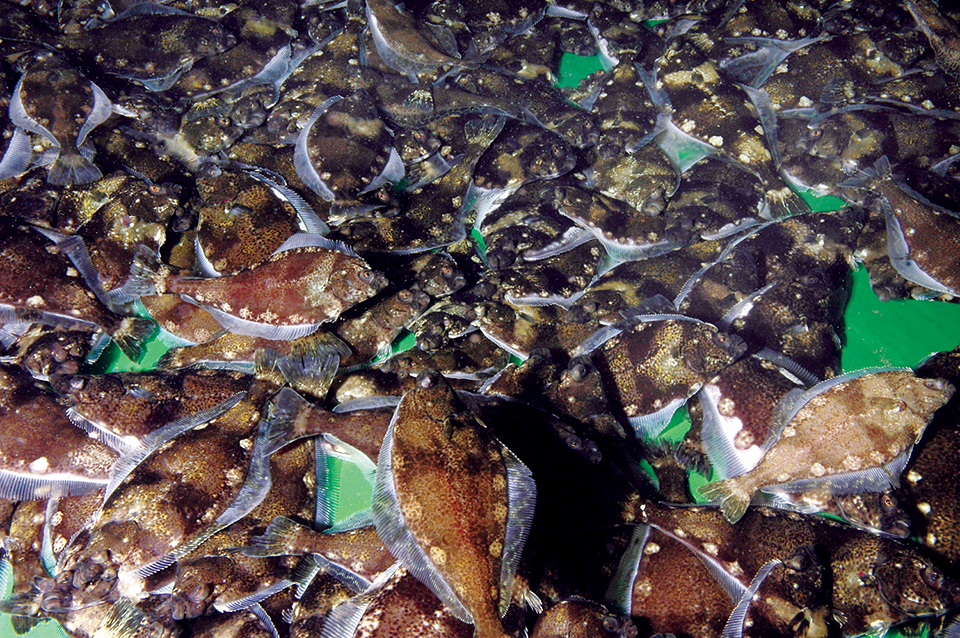
Intelligence
Halibut farming in Norway
While stable production of juveniles remains an issue for halibut farming in Norway, advances such as diets to replace live artemia are improving the industry.
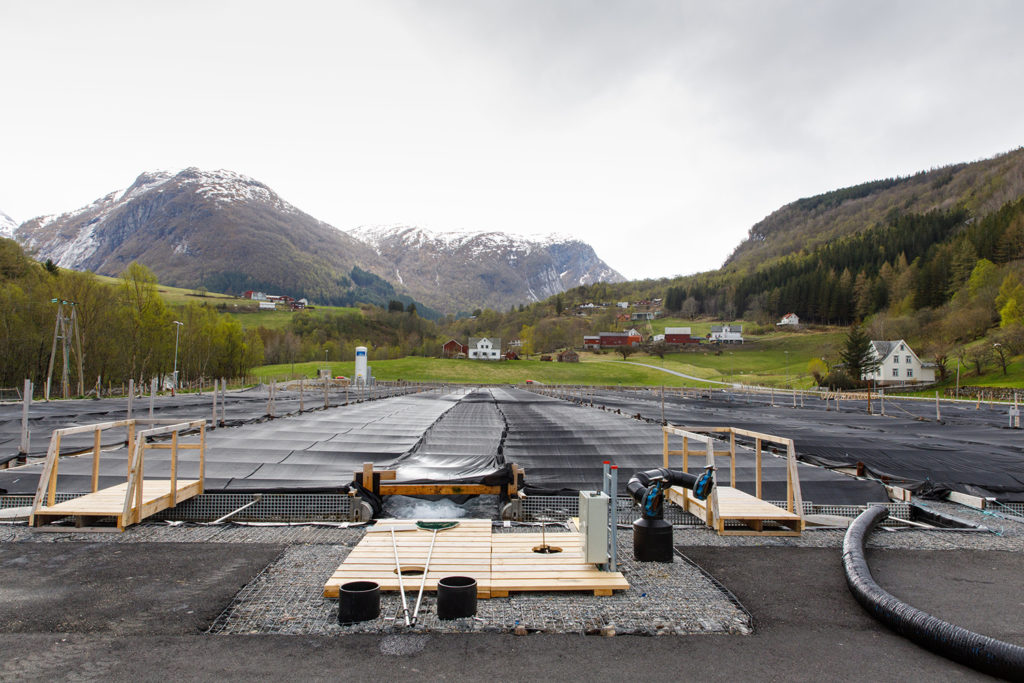
Innovation & Investment
Norway showcases halibut farm as sustainability star
Recognizing its potential as a sustainable fish producer, Norway highlights land-based halibut farmer Sogn Aqua in the debute of The Explorer digital showroom. The Advocate recently paid a visit to the farm in Ortnevik.

Aquafeeds
Counterpoint: Marine ingredients are stable in volume, strategic in aquaculture nutrition
IFFO Director General Petter M. Johannessen says fishmeal and fish oil offer unmatched nutrition and benefits to fuel aquaculture’s growth trajectory.
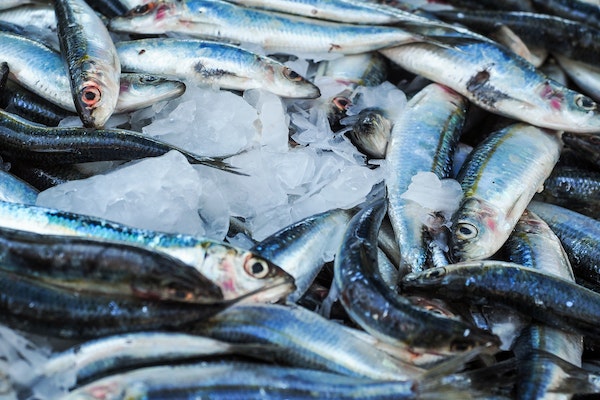
Fisheries
Study: U.S. fishing law does not constrain most fisheries or cause ‘underfishing’
A new study finds that criticisms about "underfishing" in U.S. waters may be misguided, with lack of demand a contributing factor.



